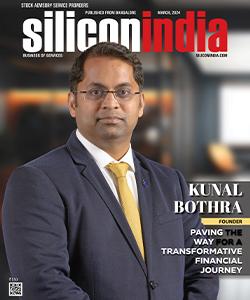Growth in Insurance Sector Brings Relief to People: TATA AIG
BANGALORE: Seeking to boost household savings, the Finance Ministry has doubled the exemption limit for investments by individuals in financial instruments up to Rs 2 lakh in the new budget of 2014. Presently the investments and expenditures up to a combined limit of Rs 1 lakh get exemptions under Sections 80C, 80CC and 80 CCC of the Income Tax Act. According to a top official in Tata AIG the new proposal in the forthcoming budget is said to accelerate growth in the insurance sector and give some relief to the people, reports Economic Times.
"Since insurance is linked to the economy, giving boost to household savings would provide some relief to the people and I am hopeful of accelerated growth in the insurance sector, due to this proposal", K K Mishra, Managing Director and Chief Executive Officer, Tata AIG General Insurance, told reporters here. He also added the company was mainly focusing on health insurance for individuals, the emerging segment, and making efforts to bring some more critical illnesses into insurance fold.
Mishra added that the company was not very interested in taking group insurance, as the premium should be right and profitable and on top of that the market was losing. But to the surprise by adding, health insurance contributed 20 percent to the total business of the company. When asked he was further asked about crop insurance, he said that many communities preferred to continue with the old scheme as there were some issues with regard to the implementation of a new scheme. The actual expected turnover for Tata AIG in 2014-15 was  3,030 crore when compared to last year.
3,030 crore when compared to last year.
"However, we have no issue and are ready to stay in the segment", he said. The company has already signed agreements with two of the huge financial institutions and has also launched the cyber crime policy. The new premium in the company rose to 12 percent last year and projected a 20-22 percent increase this fiscal. Even in the travel insurance sector the total business was up to 10 percent, while 4 percent business was done online.

